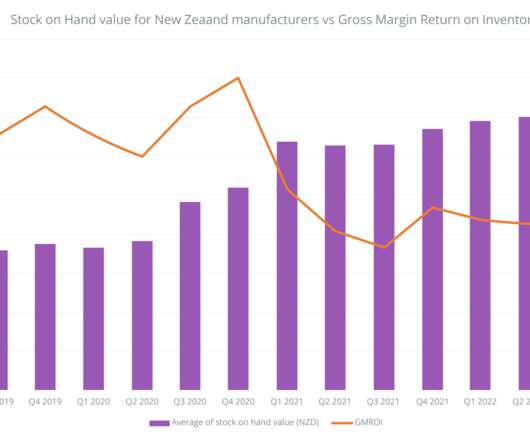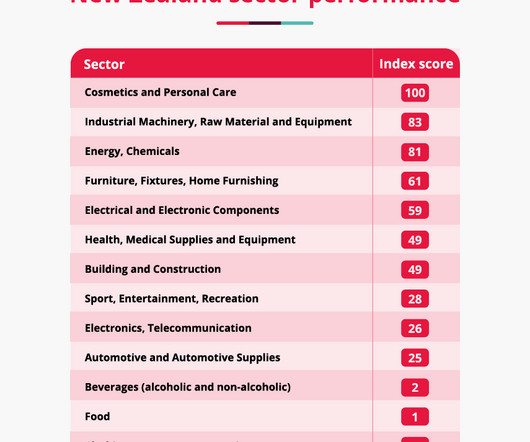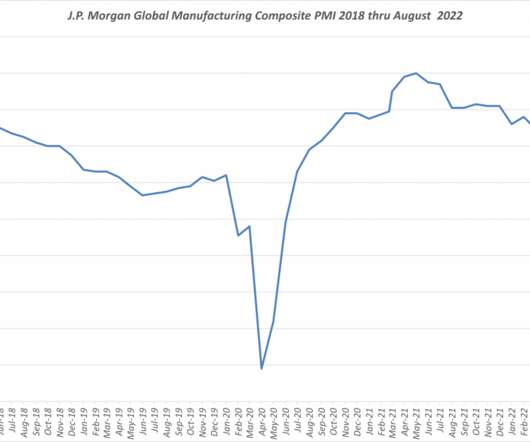Not Just Another Automotive Industry Transformation
LevaData
AUGUST 31, 2021
automotive industry is a key economic indicator of health and market sustainability; its conjoined relationship with supplier industries creates a profound economic and political influence. Yet, despite these roots and associative dependency, the instability of the automotive sector is absolute. A Look to the Past. auto sales.













































Let's personalize your content